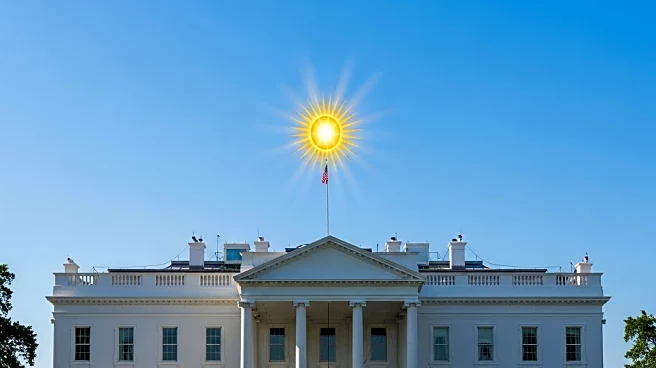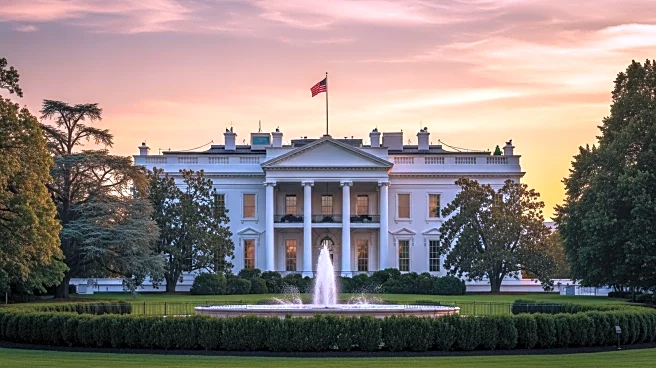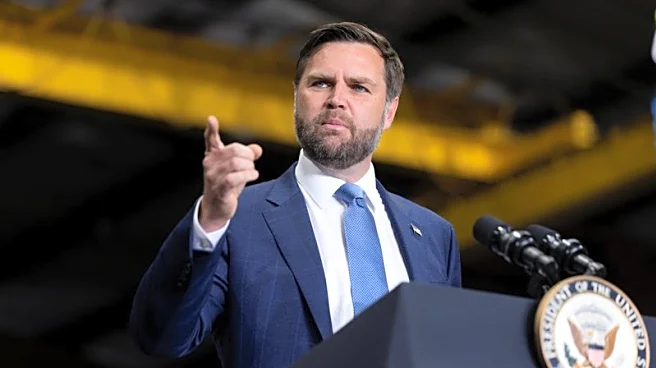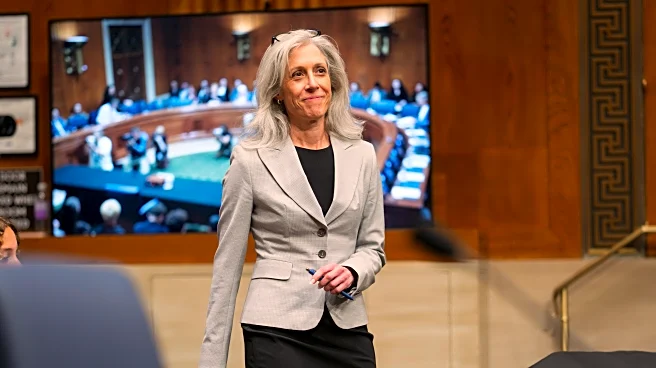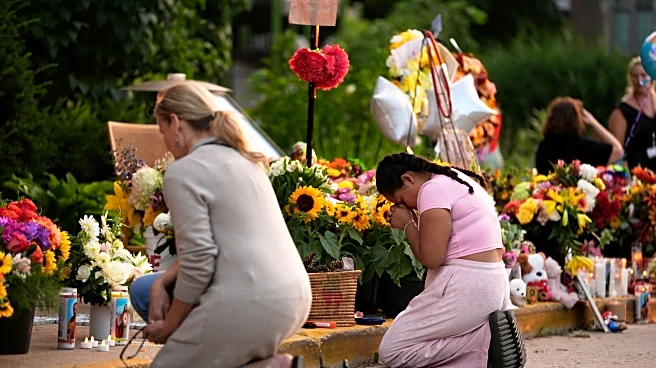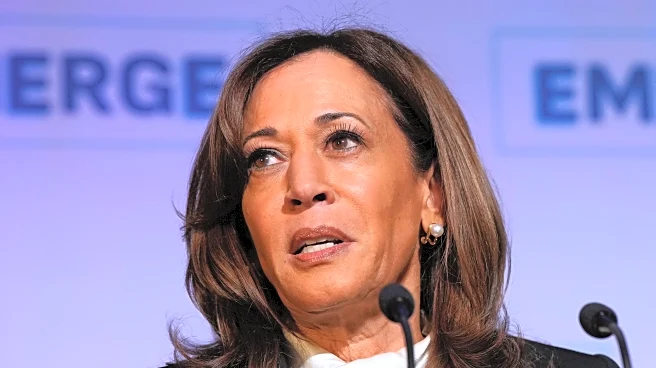What's Happening?
A viral rumor claiming that U.S. President Trump had died spread rapidly on X, formerly known as Twitter, with over 90,000 posts fueling the speculation. The rumor was sparked by President Trump's brief absence from public events, leading to questions about his health. In response, the White House issued a statement affirming that the 79-year-old president is in excellent health and fit to serve. To counter the rumors, President Trump was seen walking on a golf course with family members and Secret Service agents, appearing healthy and energetic. Vice President JD Vance inadvertently contributed to the speculation by stating he was prepared to step in if a 'terrible tragedy' were to occur, although he emphasized Trump's vigor and active daily schedule.
Why It's Important?
The spread of false information regarding President Trump's health underscores the impact of social media on public perception and the potential for misinformation to cause widespread concern. The White House's swift response highlights the importance of addressing rumors to maintain public confidence in the administration's stability. The incident also reflects the challenges faced by political leaders in managing their public image and health disclosures. The viral nature of the rumor demonstrates the power of social media platforms in shaping narratives and the necessity for official channels to counteract misinformation effectively.
What's Next?
The White House may continue to monitor social media platforms for similar rumors and take proactive measures to ensure accurate information about President Trump's health is disseminated. Political analysts and media outlets might explore the implications of Vice President JD Vance's comments and their impact on public perception. Additionally, the administration could consider strategies to enhance transparency regarding the president's health to prevent future speculation. The incident may prompt discussions on the role of social media in political discourse and the responsibilities of platforms in curbing misinformation.
Beyond the Headlines
The incident raises questions about the ethical responsibilities of social media users in spreading unverified information and the potential consequences of such actions. It also highlights the cultural phenomenon of humor and satire in political discourse, as seen in the mixed reactions to the rumor. The event may lead to broader discussions on the intersection of politics, media, and public trust, emphasizing the need for critical media literacy among the public.
